We talk with rising artist Hope River about her project Fear of a Black Planet, her inspirations, her process, and Black Horror.
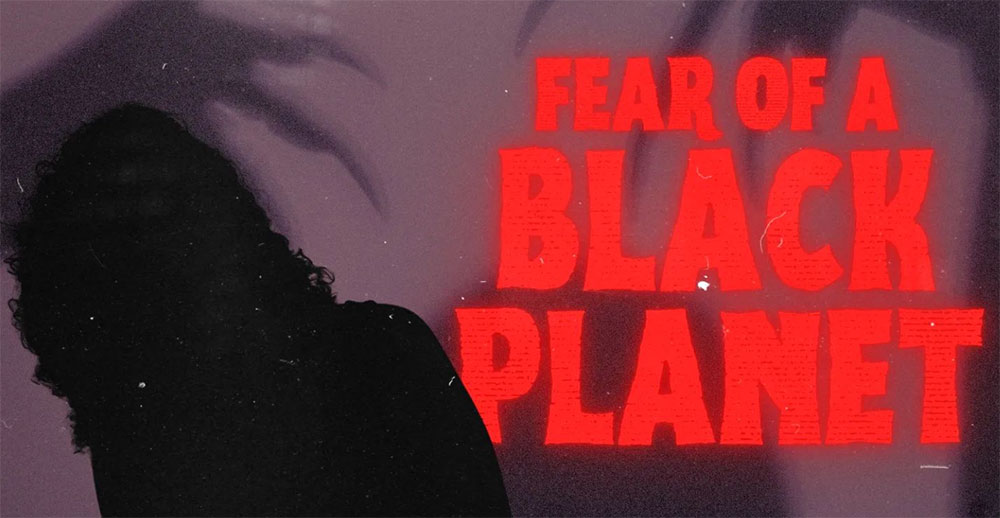
Next month, Hope River will be an artist in residence at Bundanon Art Museum, Australia, working on her project FEAR OF A BLACK PLANET. River, an emerging Black-British visual artist based in Aotearoa, New Zealand, studied Fine Art at Leeds Arts University, Duncan of Jordanstone College of Art & Design, and The HKU University of the Arts Utrecht. We recently caught up to discuss her project and interest in Black Horror.
Morbidly Beautiful: What is FEAR OF A BLACK PLANET (F.O.A.B.P), and what inspired the project?
Hope River: F.O.A.B.P is a visual Black Horror story based on the daily life of Black people. It’s a social message about the impacts of racism on the Black psyche whilst subverting the fear that non-black people have towards racialized black people. As a body of visual art, my goal with F.O.A.B.P is to create a visceral experience for the audience. I want non-black people to feel the plight of Black lives while also exercising caution in depicting Black trauma.
In all, the project is inspired by the omnipresence of racism in my life and the lack of visual art in the Black Horror genre.

FEAR OF A BLACK PLANET: LOVE V, Hope River, 2024, Acrylic and pencil on paper, 42 x 29.7cm (via @hope_river_artist on Instagram)
MB: Can you explain what Black Horror is and why you choose to explore this genre in your practice?
HR: To quote Robin R. Means Coleman:
“[Black] Horror is a great way to see society’s fear materialized as some fantastical theatrical experience.”
Black Horror is a subgenre of mainstream horror that focuses on exploring the experiences of Black people. It combines horror tropes with issues such as race and identity, providing a platform for diverse storytelling within the genre.
To be clear, there is a difference between Black Horror and black roles in horror. The former empowers Black storytelling, whilst the latter usually demean us by using racialized tropes to tell/elevate the stories of white protagonists.
I think it’s only natural for genuine fear to permeate Black lives. Whether experiencing a moment of love, sadness, or boredom, there is an unshaken feeling of impending doom, horror, and play of double consciousness. So, the genre feeding into my practice feels fitting but inevitable.
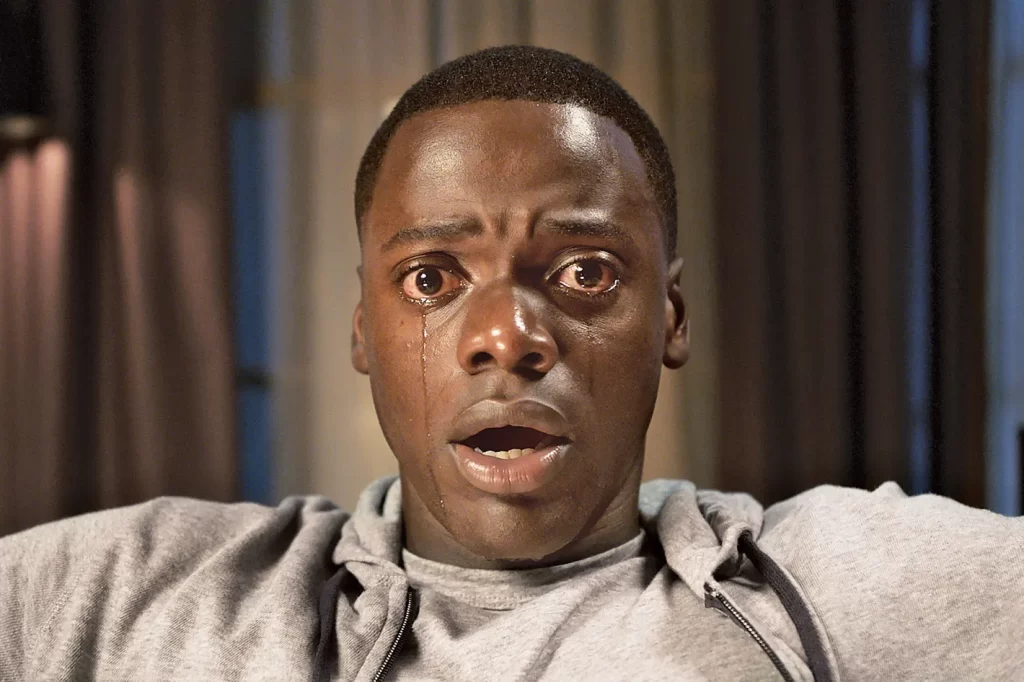
MB: You mentioned the concept of “double consciousness.” Could you elaborate on this idea and how it influences your practice?
HR: Sure, after I chose the title FEAR OF A BLACK PLANET for the project, a week later, I came across a book called Fear of Black Consciousness by Lewis Gordon. The biggest thing that stuck with me was the idea that there are two types of consciousness: black consciousness with a lowercase and Black consciousness with an uppercase.
Lewis describes black consciousness as the internalization of white supremacy — as you move through life with an imposed sense of self, a racialized existence, all thanks to colonialism and its hangover. He then describes Black consciousness as a higher state of awareness in which you know black consciousness is a lie. You learn to live with dignity and freedom as a human being.
This type of consciousness requires effort and energy to maintain because one still needs to live and navigate in a society that wants to box one into the lowercase consciousness.
This type of double-consciousness always plays out in my life; it’s exhausting. It’s a daily battle, especially trying to succeed in the visual arts. The sector is dominated by white people — I think it’s something like 85% of which the majority are men.
Yeah, so double-consciousness is like ebbing and flowing into the Sunken Place. I know I don’t belong there, but society pushes me into it.

FEAR OF A BLACK PLANET: TO BE STRONG, BLACK, AND BEAUTIFULLY WHITE, Hope River, 2024, Acrylic, paper, and pen on canvas board, 35.5 x 46cm (via @hope_river_artist on Instagram)
MB: How do you approach your creative process from idea to execution?
HR: Writing is the foundation for all the visual work I do. Whether it takes shape as a poem or short story, starting with a written piece always helps anchor my mind. At the moment, I’m concerned with writing about experiences where [black] racialized horror tropes have played out in my personal life.
After writing, I create a body of drawings — similar to a visual storyboard — which later inform my paintings. Paintings are a constant work in progress for me – I’m constantly experimenting to find a technique that manifests what I want to achieve from F.O.A.B.P., a visceral visual language.
MB: Why do you use the silhouette motif in your drawings and paintings?
HR: Silhouettes offer everything and nothing to the viewer. Visually, they are scrutinized to understand who or what they are/doing. Or they are completely overlooked as formless and lacking substance. For me, this is what it feels like to be a racialized black woman.
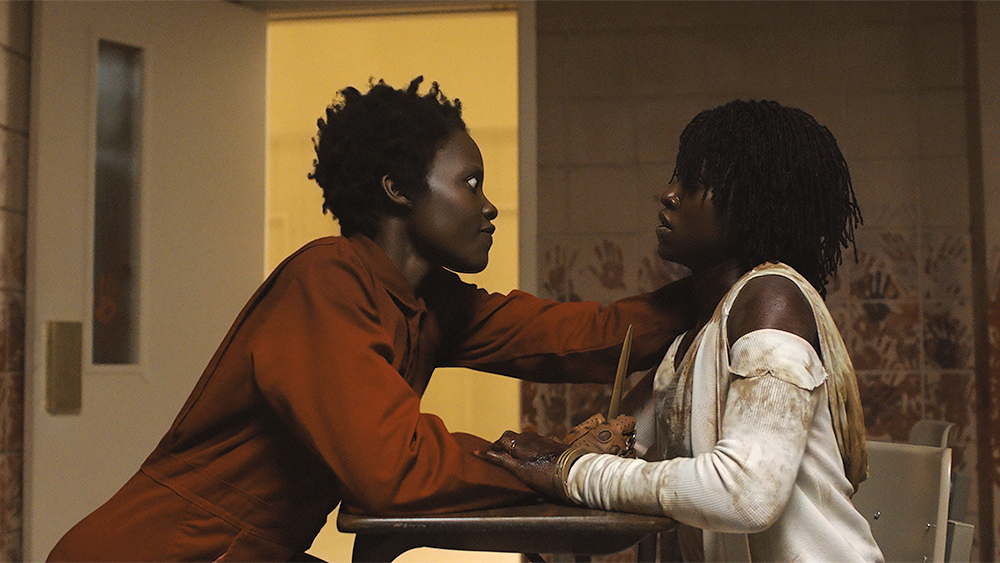
Doppelgänger Red (Lupita Nyong’o) and Adelaide Wilson (Lupita Nyong’o) in “Us,” written, produced and directed by Jordan Peele.
MB: Which racialized [black] horror trope are you currently focusing on?
HR: The Strong Black Woman. In short, she is a living embodiment of the phrase, “What doesn’t kill you makes you stronger.” She has endured and overcome extreme adversities. She disregards her own needs for others. She is only celebrated when used as a tool by others, and even then, what she does becomes who she is – her inner world is ignored, and she isn’t given a voice.
Think Adelaide and her doppelganger Red, played by Lupita Nyong’o in Jordan Peele’s Us. Mia, played by Sophie Wilde in Talk to Me. Alice is played by Keke Palmer in Alice by Krystin Ver Linden. Or Lisa’s powerful release towards the end of The Blackening.
MB: What or who has been your biggest influence on this project?
HR: Two quotes always stick with me when creating. The first is by Kara Walker, who once said:
“I do what I am feeling, and what I’m feeling is monstrous. And I do it in the nicest possible way.”
The second is by Jordan Peele, who, when talking about Get Out and the scene where Chris is kicking Rose’s brother to the ground, said:
“If you see the knife going in, you take away the audience’s experience.”
For me, these quotes pretty much sum up what I’m trying to achieve with F.O.A.B.P.
You can follow the project FEAR OF A BLACK PLANET on Hope River’s website or social media.


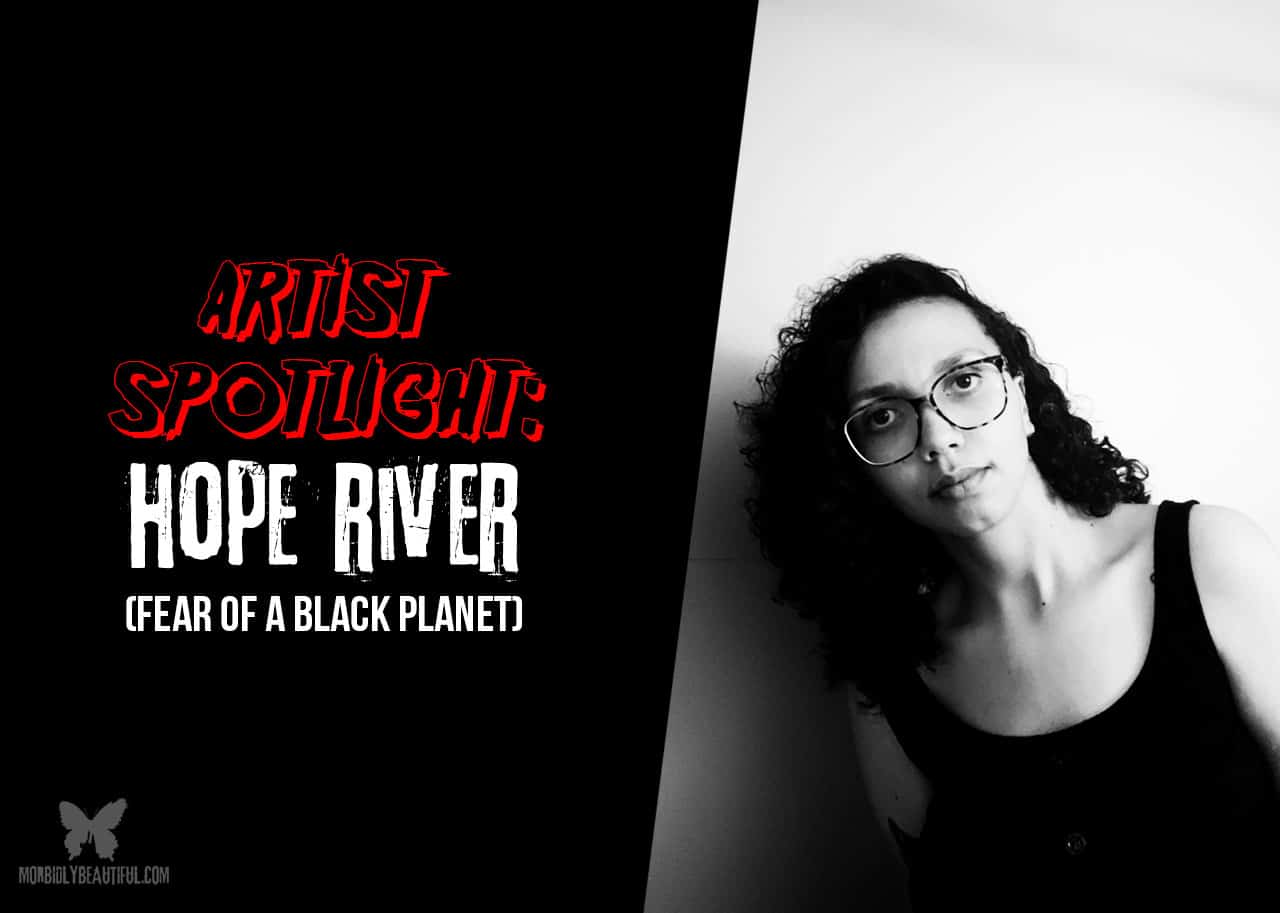
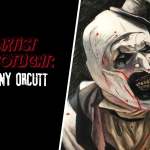
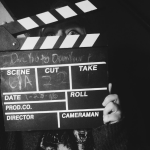
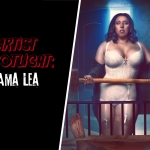
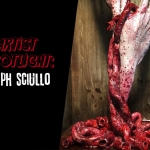


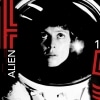
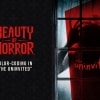
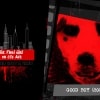
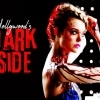
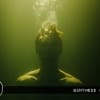
Follow Us!